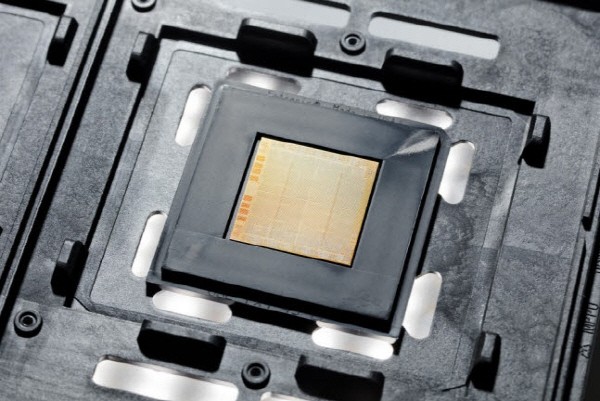Samsung Electronics revealed their plans to produce IBM's next-generation central processing unit (CPU) using 5nm process technologies. By securing IBM, which leads the global computing market, as a customer, Samsung has laid the foundation for expanding its advanced foundry business.
IBM announced on the 15th that it will unveil CPU products for next-generation servers and produce them through Samsung Electronics' EUV-based 5nm process.

The two companies announced their partnership with IBM’s CPU production in 2018. At the time, they revealed their plans to manufacture IBM's 7nm chips, which became available in the IBM Power10 family of servers.
IBM has developed Power10 with various compound-based semiconductor design patents and has been promoting product advancement with the help of the 7nm process. IBM explained that they have managed to increase their productivity, reduce their power consumption, and has even managed to expand its product portfolio using Samsung Foundry.
IBM plans on joining hands with Samsung Electronics to target the cloud market with their 5nm process-based CPU production. Due to the large-scale investment costs and high entry barriers, they have come up with a differentiation strategy to upgrade their CPU products.

The two companies announced 'VTFET', a new foundry process architecture. Compared to the existing "FinFET" structure, performance is expected to double and power consumption can be reduced by up to 85%. The new VTFET approach builds the transistors vertically on the chip surface, allowing a vertical current flow and allowing more transistors on a given surface.
Mukesh Khare, vice president of IBM Cloud said, “The technology we are announcing today challenges traditional conventions and rethinks how we advance the world, delivering new innovations that improve our daily lives and businesses and reduce our environmental impact.” He further added that "IBM and Samsung are showing that they are working together to pursue ‘hard tech’ as well as innovation in the semiconductor design sector."
By Staff Reporter Ji-woong Kim (jw0316@etnews.com)